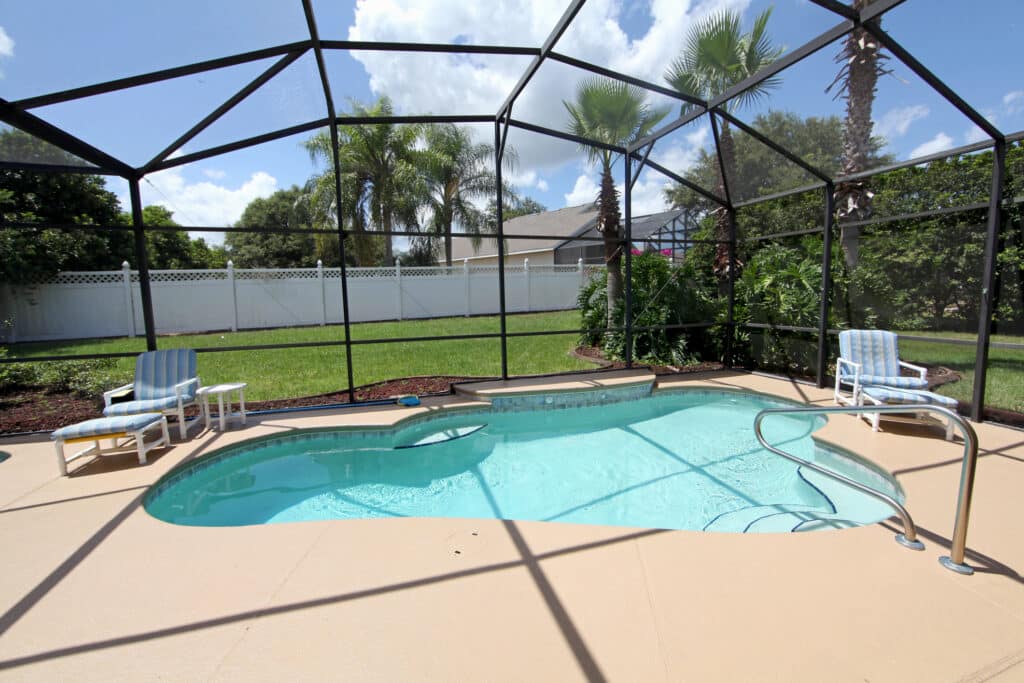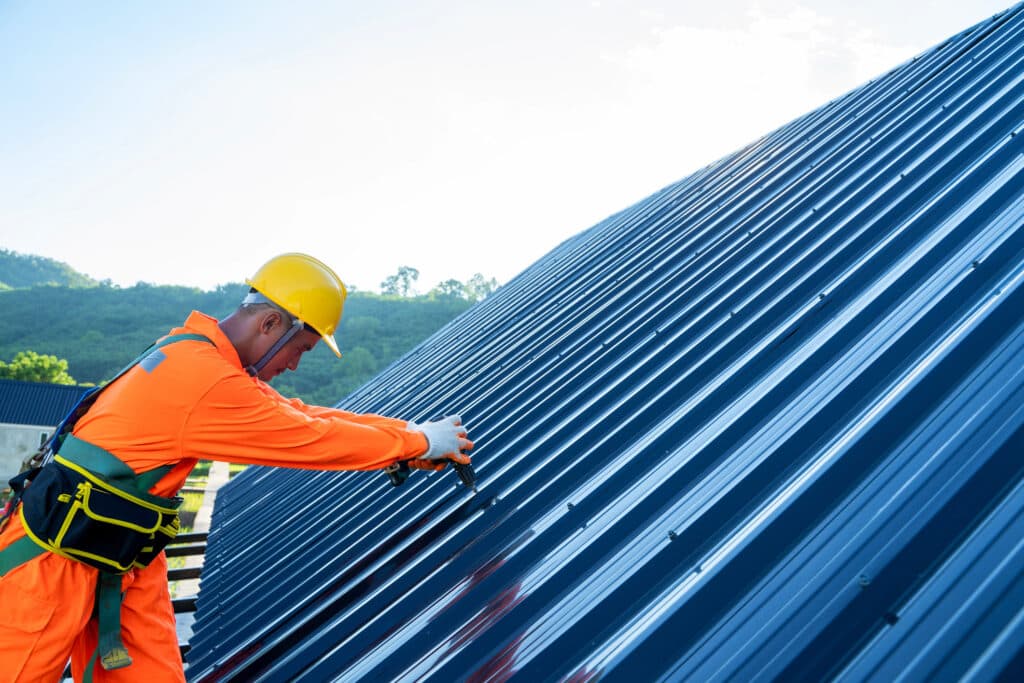In coastal areas like Florida, pool cages are essential for enjoying the outdoors without having to worry about pests and harmful UV rays. However, storms can cause major damage to these structures, which require immediate attention. In this article, we explore the common pool cage problems that may arise after a storm and how to fix and prevent them.
Damaged Pool Screens
Strong winds, heavy rains, and flying debris can tear or puncture the screens of your pool cage. This can allow insects to enter your pool area, which defeats the purpose of the enclosure. After the storm has passed, look for any tears, holes, or loose areas of the screens. If the damage is minor, you can usually repair it yourself using an easy DIY screen repair kit. These kits include adhesive patches or a special screen tape.
Clean the area around the tear and apply the patch according to the instructions included in the kit. If multiple screens are damaged or the holes are too large, you may need to consider calling a pool service company to replace the entire screen panel. This process usually involves removing the old screen, cutting new screen material to size, and reinstalling it within the frame.
Bent or Damaged Frames
High winds and heavy rain can bend or damage the frames of your pool cage. This can affect the enclosure’s stability and aesthetics. Examine the frame for any bends or misalignments and make sure that the framework is level with your pool deck. For small bends, you may be able to gently straighten the frame using a rubber mallet. Place a wooden block against the frame to avoid damaging the surface.
If the damage is severe or you don’t feel confident repairing it yourself, you may need to consider calling one of the pool service companies operating in your area. They can replace the affected sections of the frame. This is usually done by unscrewing the damaged parts and installing new sections that fit seamlessly with the existing structure.
Loose or Rusty Hinges and Latches
The hinges and latches on pool cage doors can become loose or damaged during severe weather, which can make it harder to open or close the doors. Check that all the hinges and latches are tight and working properly. If they’re rusty, damaged, or loose, you may need to adjust or replace them. Use a screwdriver to tighten any loose screws and apply a lubricant for stubborn rusty screws. If any of the hinges or latches are broken, you may need to replace them with new hardware. Make sure you choose high-quality, rust-resistant materials that can withstand Florida’s humid climate.
Pooling Water
Heavy rains can cause water to pool around the base of the pool cage, which can cause structural issues and create a breeding ground for mosquitoes. If pooling water is a recurring problem, you may need to consider improving your drainage system. Adding a French drain or a simple trench can help redirect water away from the enclosure. Make sure that your gutters and downspouts are clear of debris and directing water away from the pool cage. If you need advice, pool service companies can be a helpful resource for Florida residents.
Roof or Panel Damage
Heavy winds and rain can damage the roof of your pool cage or blow off some of the panels. When it’s safe to do so, inspect the roof for any missing panels, sagging areas, or structural damage. If any individual panels are missing, order replacements that match your existing structure.
To install them, you usually need to remove any damaged frames before securing the new panels. If there are signs of sagging, you may need to get a professional team in to reinforce the frame and prevent further damage. Adding additional support beams can help distribute weight evenly and strengthen the roof for future storms.
Rust and Corrosion
Saltwater and humidity in the Florida area can cause the metal parts of the cage to rust and corrode, which can weaken the structure over time. Regularly inspect your pool cage for signs of rust or corrosion, paying special attention to hinges, screws, and any exposed metal surfaces. Clean rust spots immediately using a wire brush or sandpaper and then apply a rust-inhibiting primer and paint to protect them from future corrosion. Consider using a protective coating on all metal surfaces to help prevent rust from forming, especially before hurricane season.
Debris Buildup
Storms often leave debris behind, including leaves, branches, and trash, which can block the pool cage and surrounding areas. Once the storm has cleared, use a broom or leaf blower to remove leaves and branches from the screen and frame. Check the area regularly, not just after a storm. Consider installing gutter guards or debris traps to minimize the risk of future buildup.
Final Thoughts
Storms can significantly impact the integrity of your pool cage, but addressing these common issues can help you restore its functionality. Regular inspections and timely repairs are important to protect your investment over the long term. If the damage is extensive or beyond your DIY capabilities, don’t hesitate to consult a professional specializing in pool cage repairs in the Florida area. By taking these proactive steps, you can keep your pool area safe from future storms and enjoy peace of mind while swimming in your backyard oasis.



